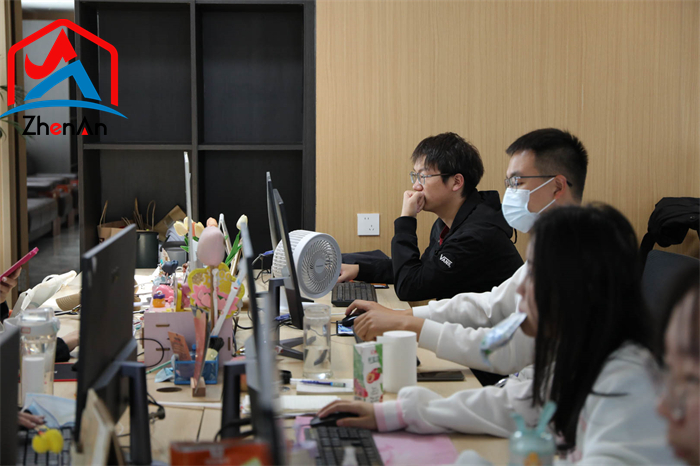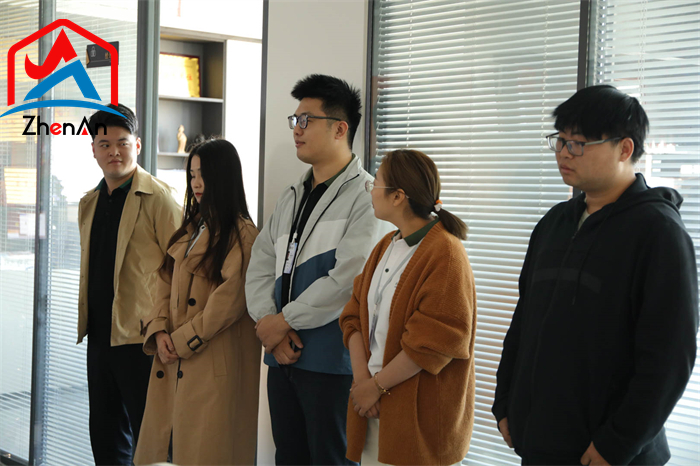In the aluminum alloy industry, silicon-aluminum alloy is the most commonly used silicon alloy. Silicon-aluminum alloy is a strong composite deoxidizer. Substituting pure aluminum in the steelmaking process can improve the utilization rate of the deoxidizer, purify molten steel, and improve the quality of molten steel. Aluminum used in automobile and other industries has considerable demand for industrial silicon. Therefore, the development of the automobile industry in a region or country directly affects the rise and fall of the industrial silicon market. As an additive for non-ferrous alloys, industrial silicon is also used as an alloying agent for silicon steel with strict requirements and as a deoxidizer for smelting special steel and non-ferrous alloys.

In the chemical industry, industrial silicon is used to produce silicone rubber, silicone resin, silicone oil and other silicones. Silicone rubber has good elasticity and high temperature resistance and is used to manufacture medical supplies, high temperature resistant gaskets, etc. Silicone resin is used to produce insulating paint, high temperature resistant coatings, etc. Silicone oil is an oily substance whose viscosity is less affected by temperature. It is used to produce lubricants, polishes, fluid springs, dielectric fluids, etc. It can also be processed into colorless and transparent liquids for spraying waterproofing agents. on the surface of the building.

Industrial silicon is purified through a series of processes to produce polycrystalline silicon and monocrystalline silicon, which are used in the photovoltaic and electronic industries. Crystalline silicon cells are mainly used in solar rooftop power stations, commercial power stations and urban power stations with high land costs. They are currently mature and widely used solar photovoltaic products, accounting for more than 80% of the world's photovoltaic market. The demand for metal silicon is growing rapidly. Almost all modern large-scale integrated circuits are made of high-purity quasi-metallic silicon, which is also the main raw material for the production of optical fibers. It can be said that non-metallic silicon has become a basic pillar industry in the information age.



